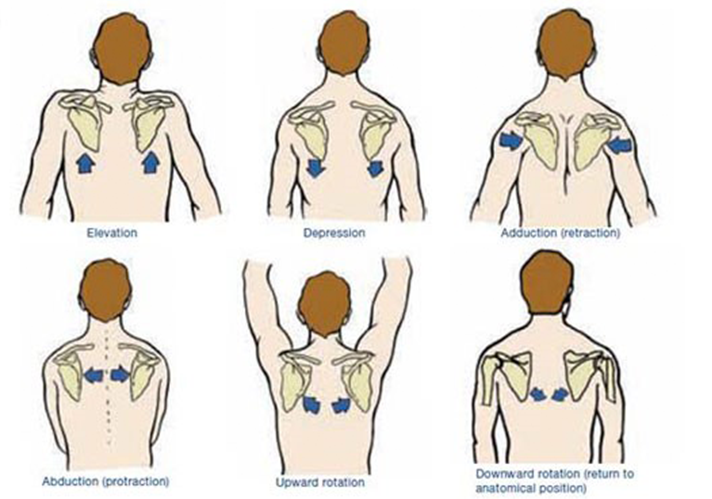The one arm pull up (or its abbreviation OAP) is an exercise that very few people can do. It is a clear example of high body control and strength. Let’s analyse the movement!
The One Arm Pull Up
Once the medium-high level of power in basic exercises (such as regular pull ups) is reached, it’s hard to keep improving following the same exercises.
There are different ways to keep improving such as adding extra weight with a chain, varying the grip width and body position or performing isometric holds in certain positions. Another way to improve is working on unilateral moves in order to build the one arm pull up.
Creating tension with the legs
The fact to work an exercise in an unilateral way versus doing the bilateral has a clear advantage. This is known as the bilateral deficit. This states that the force production in a bilateral contraction is lower than the one produced by unilateral work. That means that with the same load, we are capable of performing higher force in the one arm pull up than in the regular pull up.
Working in an unilateral way allows perceiving imbalances or deficits between both arms. It will also help to compensate those imbalances and improve the pattern of the movement.
For the reasons stated above, the OAP has major and clear advantages at improving in your weighted pull ups. It can also be a great exercise to overcome stagnation or no improving phases.
Muscular Groups Involved
The one arm pull up is a traction movement. The muscles involved are practically the same as in the regular pull up: trapeze, rhomboid, major and minor pectoral, deltoid, infraspinatus, latissimus dorsi, greater round, subscapular, biceps brachii, brachial, long supinator, radial and ulnar flexor, long palmar, oblique and the column erector.
It is important to notice that the muscles involved in stabilizing the body in order to avoid rotation will have a greater role. For example, we could be talking about the muscles that surround the scapula.

Knowing about the set of movements where the scapula and all its surrounding musculature are involved is crucial to understand the one arm pull up. Around the scapula there is what we call the scapular girdle, which is formed by different muscles and joints involved in its movement and functioning. The scapular girdle is what allows 6 basic movements and the different combinations between those.
Other moves involved in the OAP are the shoulder and elbow flexion and extension.
The starting point of the OAP is a dead hang position, with elevation and slight scapular protraction. At the beginning of the movement we realize a scapular retraction at the same time that we lower our arm (shoulder extension) and flex the elbow.
A strong scapular girdle will enable a good body position in order to apply force with the muscles that extend the shoulder and flex the elbow.